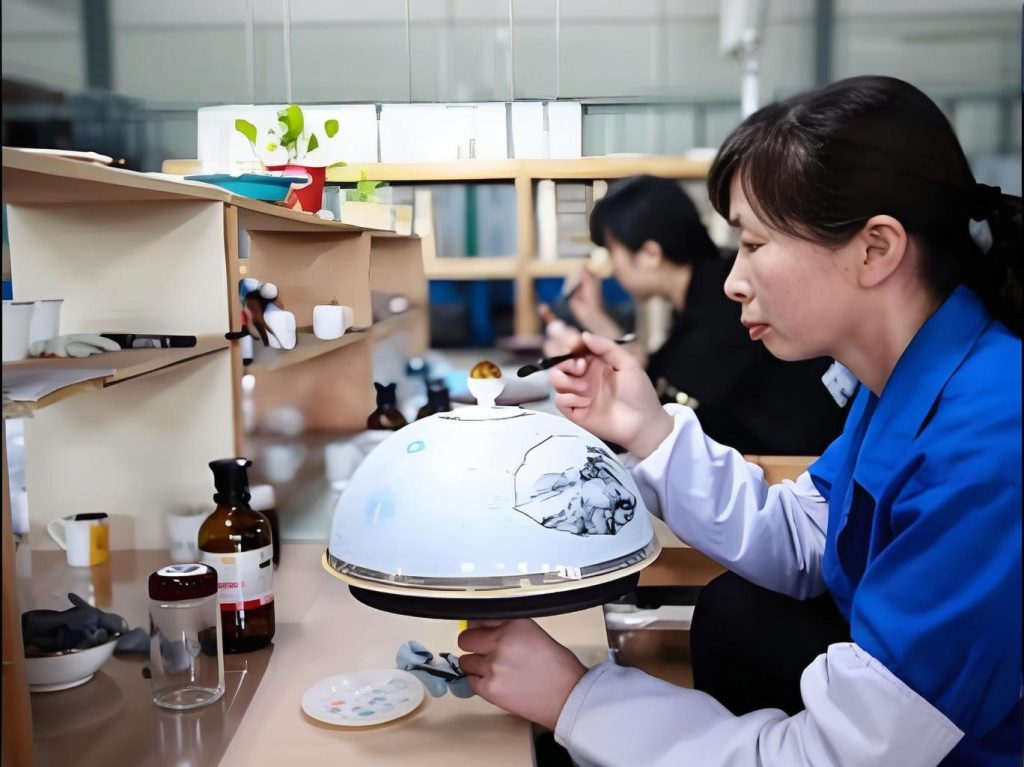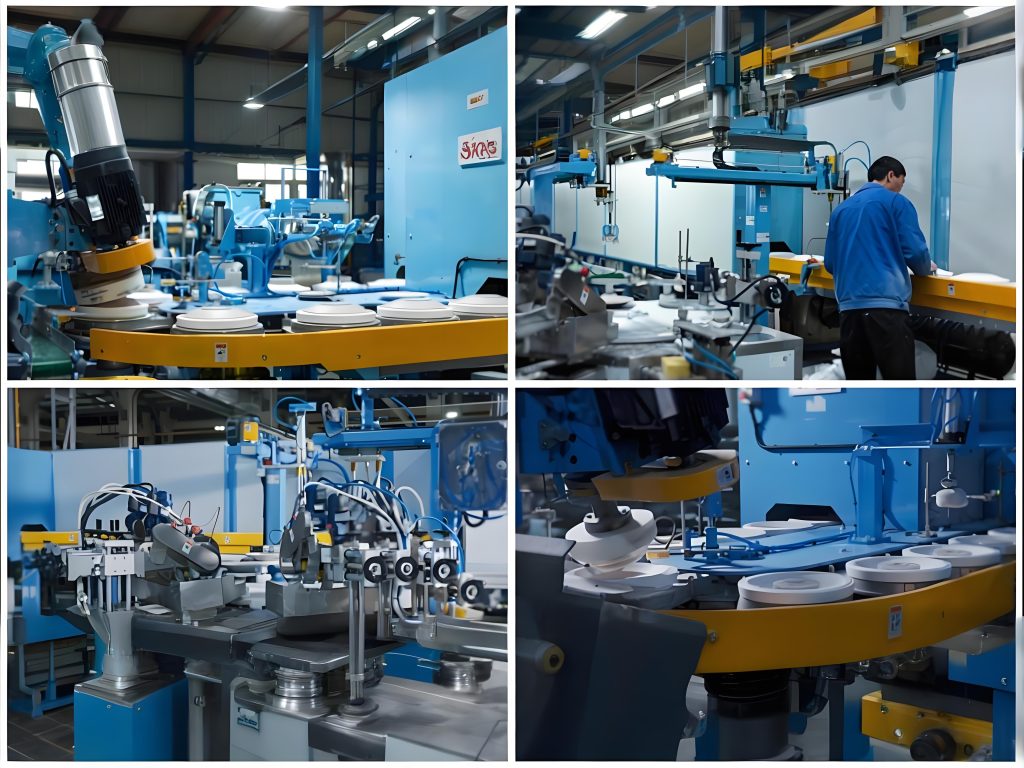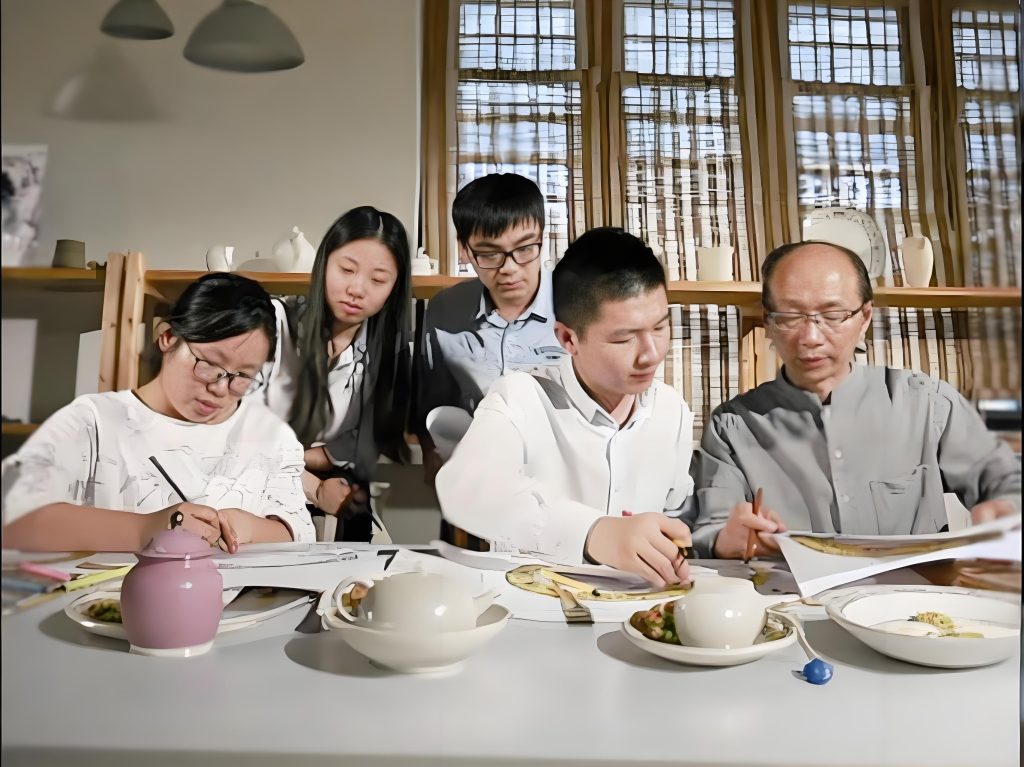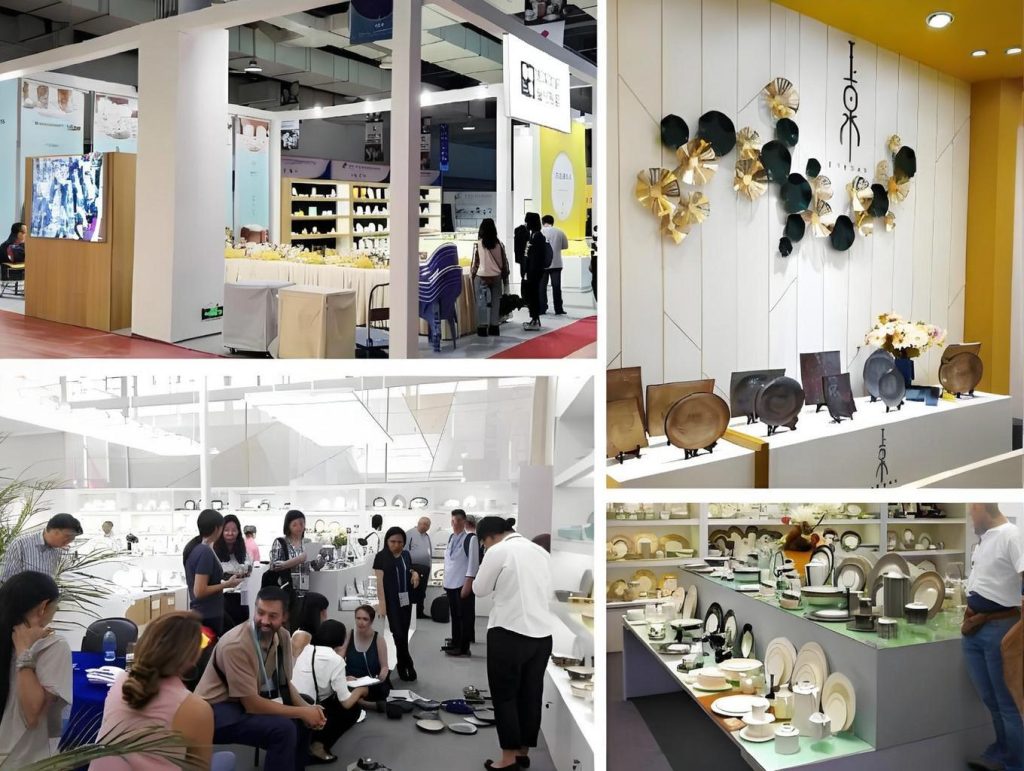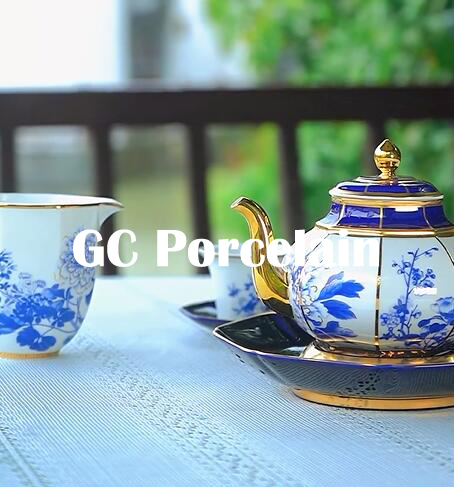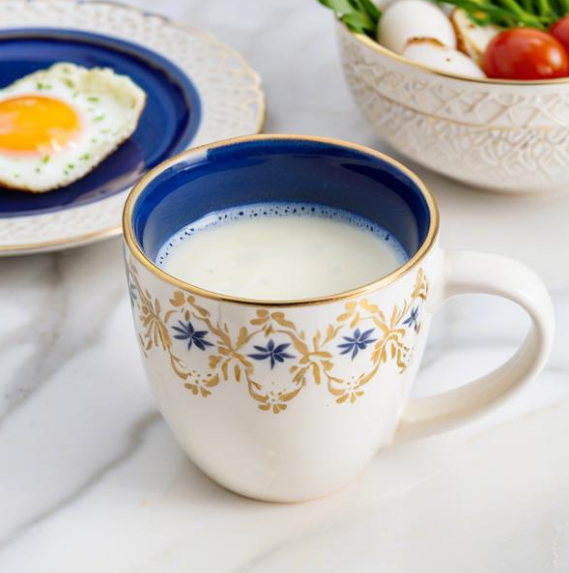School Cafeteria Tableware: Why Does It Evoke Love and Hate?
A foam tray, several compartments, a plastic fork. This was standard equipment for countless students’ school days. Recently someone online posted 1980s school cafeteria photos. Back then they used metal trays and real stainless steel utensils. Comments exploded instantly.
“When someone dropped a plate, the whole cafeteria would applaud!” one Reddit user recalled. Indeed, that era’s school cafeterias retained certain “ceremony.” Metal tray collision sounds. White ceramic bowls. Real forks and spoons. But somewhere along the way, everything changed.
From Metal to Foam: “Progress” or Regression?
Those Vanished Metal Utensils
A particularly interesting Quora discussion featured a teacher sharing observations about school tableware evolution. Before the 1990s, many American schools still used metal trays and real utensils. Students carefully carried trays in line. Occasionally someone’s slippery hands broke a plate. The whole cafeteria would erupt in good-natured applause.
But by late 1990s and early 2000s, these “dangerous” metal utensils almost completely disappeared. They were replaced by disposable foam trays and plastic utensils. Reasons sounded reasonable: safer, more sanitary, lower cost. But was this really true?
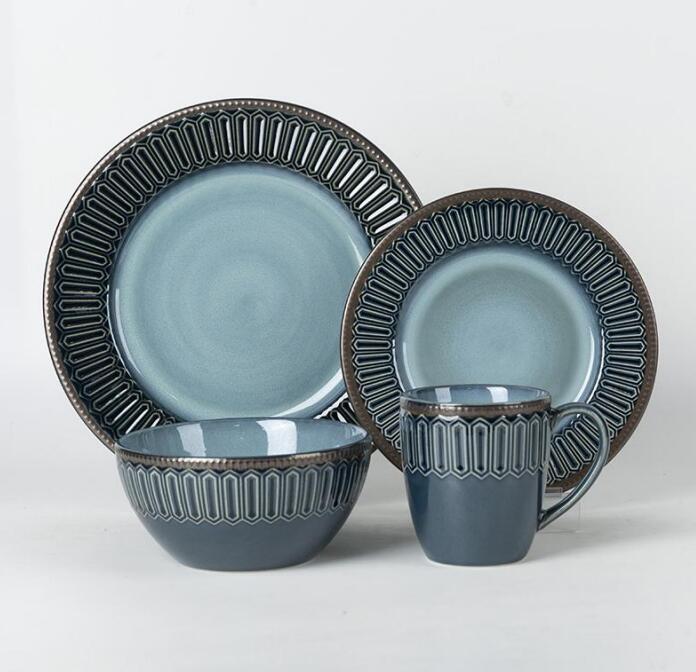
Foam Era Collective Memory
Reddit’s nostalgia sections frequently feature school tray photos. Comments underneath always overflow. People have complex feelings about those five-compartment foam trays. They know it’s cheap and non-eco-friendly. But they can’t forget it.
“I’ll always remember square pizza fitting perfectly into the tray’s largest compartment,” one user described. This precise size design wasn’t accidental. It resulted from long-term cooperation between tableware manufacturers and food suppliers. When some tableware manufacturer designs trays, they consider schools’ most commonly provided food specifications.
But here’s the problem: when tableware design completely serves cost control, dining experience gets tossed aside.
Psychology Behind Compartments
Collective OCD Manifestation
Ever notice how school tray compartment designs cultivated a generation’s “food can’t mix” OCD? Mashed potatoes can’t touch peas. Gravy can’t flow to fruit side. This seemingly harmless design subtly influenced children’s eating habits.
Research found compartmented trays do increase vegetable intake. When carrot sticks have their exclusive position, kids more easily finish them. But simultaneously, this design might prevent complementary food pairings. Isn’t real dining supposed to harmonize various flavors?
That Round Indent Always Holding Milk Cartons
Everyone who attended American schools remembers that round tray indent. Specifically for placing milk cartons. This design detail reflects another school cafeteria characteristic: everything is standardized. Whether you like milk or not, that position exists. Reminding you it’s “standard configuration.”
Truth Behind Nostalgia
Why Do We Miss “Bad” School Food?
This is quite contradictory. We clearly complained about inedible school cafeteria food back then. Why do so many people miss it now? One Reddit user revealed: “I don’t miss the food itself. I miss that simple certainty—every Friday was pizza day. Every compartment had fixed purpose.”
Adult life is full of choice anxiety. Dozens of yogurt brands at supermarkets. Thick restaurant menus. Endless delivery app options. By comparison, school cafeteria’s “no choice” became pure beauty.
What Does Metal Utensil Disappearance Mean?
Not just material change. It’s a value shift. Metal utensils needed washing and maintenance. They needed students learning careful use. Disposable utensils are convenient. But they also deprived kids of learning to “cherish items.”
A cafeteria worker with 30 years said: “Kids used to actively help collect utensils. Now everything’s disposable. Use and throw. This change affects not just environment. Also kids’ attitudes toward objects.”
New Sustainable Choices
Rise of Eco-Materials
Good news: more schools are rethinking disposable utensil problems. Sugarcane bagasse, corn starch, bamboo fiber. These new materials are challenging traditional foam utensils. Though slightly costly, considering environmental impact and educational meaning, many districts think it’s worthwhile investment.
However, material change is just the first step. More importantly, can we rediscover dining experience importance?
Return Possibilities
Some places are already trying. Some California schools reintroduced reusable utensils. Though washing costs increased, students’ dining experiences noticeably improved. “Food tastes better,” one sixth-grader evaluated.
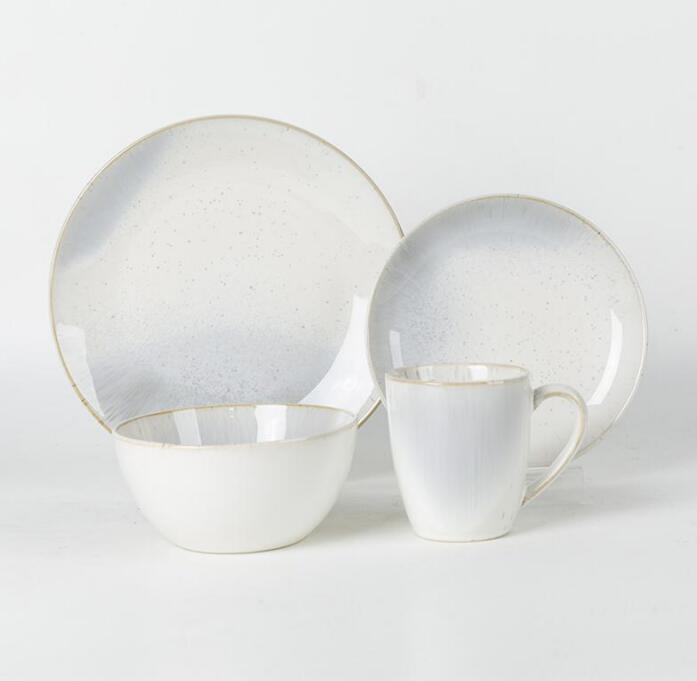
Final Thoughts
School cafeteria tableware evolution actually epitomizes entire societal value changes. From pursuing quality to pursuing efficiency. From valuing experience to valuing cost. From considering long-term to considering immediate. But perhaps it’s time rebalancing these considerations.
After all, tableware isn’t just food containers. It carries memories, transmits culture, cultivates habits. When we choose tableware for next generation, we’re actually choosing a lifestyle and values.
Do you remember your student days’ tray? What color was it? How many compartments? If redesigning, what would you want it to become?
If you have any questions or need to custom dinnerware service, please contact our Email:info@gcporcelain.com for the most thoughtful support!

